
Production of basic diagnostic laboratory reagents / World Health Organization. Regional Office for the Eastern Mediterranean
Tác giả : World Health Organization. Regional Office for the Eastern Mediterranean
Năm xuất bản : 1995
ISBN : 92-9021-189-X
Tùng thư :
WHO Regional Publications, Eastern Mediterranean Series (11), 1995
Chủ đề : 1. Clinical Laboratory Techniques. 2. Indicators and Reagents. 3. Laboratories. 4. Laboratory Techniques and Procedures. 5. Reagent Kits, Diagnostic.
Thông tin chi tiết
| Tóm tắt : | 280 p. ; 24 cm. A collection of over 100 procedures and manufacturing recipes for the production of simple basic reagents for health laboratory services. The manual aims to encourage the local production of reagents and thus helps countries reduce their dependence on foreign sources. The book has 10 chapters. The first two offer guidance on the essential equipment and procedures needed in a production unit for laboratory reagents. Information ranges from advice on the safe disposal of chemicals, through a review of methods for purifying water, to a drawing illustrating the correct assembly of equipment for the preparation standards buffers. The remaining chapters, which constitute the core of the manual, describe production procedures in the following areas: Reagents and methods for clinical chemistry Reagents for dry chemistry tests for urine and stool analysis Reagents and methods for hematology and coagulation Stains for hematology microbiology and parasitology Quality assurance and quality control of ingredients for microbiological culture media Reagents for microbiology Reagents for immunology Annexed to the manual is an example of a manufacturing recipe for albumin reagent, followed by lists showing the names and addresses of useful organizations and companies supplying chemicals and biochemicals A collection of over 100 procedures and manufacturing recipes for the production of simple basic reagents for health laboratory services. The manual aims to encourage the local production of reagents and thus helps countries reduce their dependence on foreign sources. The book has 10 chapters. The first two offer guidance on the essential equipment and procedures needed in a production unit for laboratory reagents. Information ranges from advice on the safe disposal of chemicals, through a review of methods for purifying water, to a drawing illustrating the correct assembly of equipment for the preparation standards buffers. The remaining chapters, which constitute the core of the manual, describe production procedures in the following areas: Reagents and methods for clinical chemistry Reagents for dry chemistry tests for urine and stool analysis Reagents and methods for hematology and coagulation Stains for hematology microbiology and parasitology Quality assurance and quality control of ingredients for microbiological culture media Reagents for microbiology Reagents for immunology Annexed to the manual is an example of a manufacturing recipe for albumin reagent, followed by lists showing the names and addresses of useful organizations and companies supplying chemicals and biochemicals |
Thông tin dữ liệu nguồn
| Thư viện | Ký hiệu xếp giá | Dữ liệu nguồn |
|---|---|---|
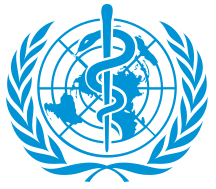 Tổ chức y tế thế giới
Tổ chức y tế thế giới
|
|
https://iris.who.int/handle/10665/119530 |
 Tài liệu điện tử
Tài liệu điện tử 




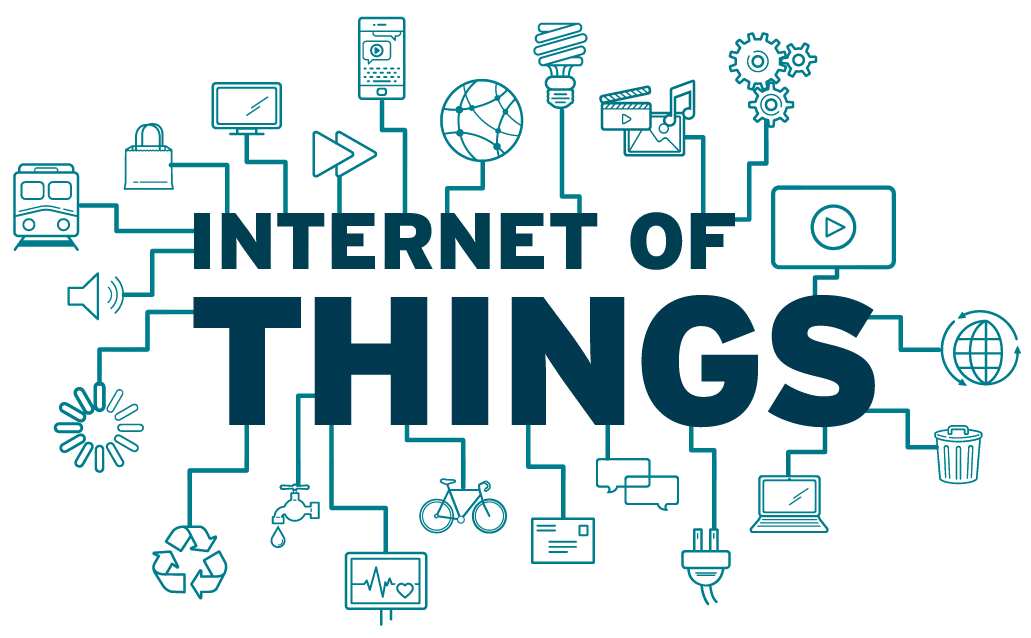
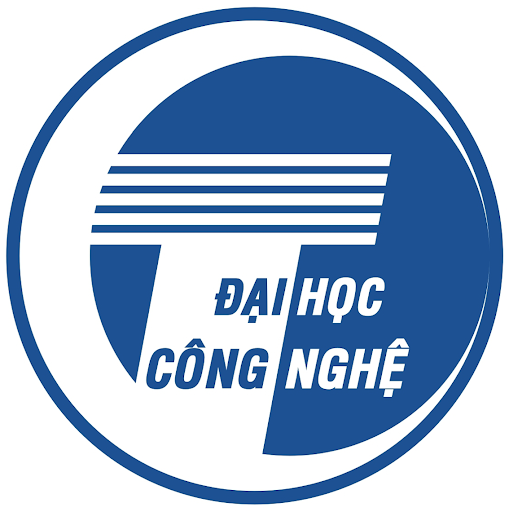 Đại học Công nghệ - ĐHQGHN
Đại học Công nghệ - ĐHQGHN 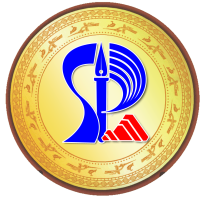 Đại học Giáo dục - ĐHQGHN
Đại học Giáo dục - ĐHQGHN 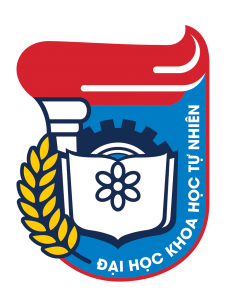 Đại học khoa học tự nhiên - ĐHQGHN
Đại học khoa học tự nhiên - ĐHQGHN 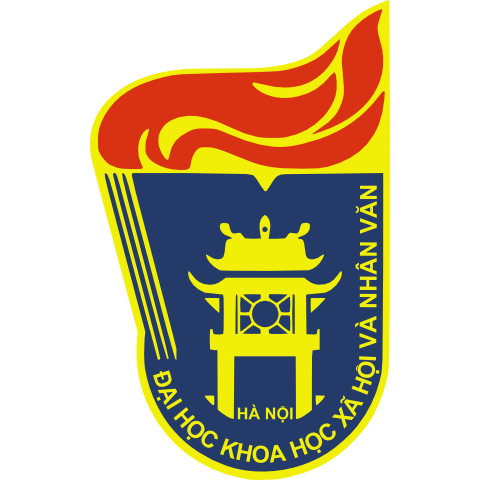 Đại học Khoa học Xã hội và Nhân văn - ĐHQGHN
Đại học Khoa học Xã hội và Nhân văn - ĐHQGHN 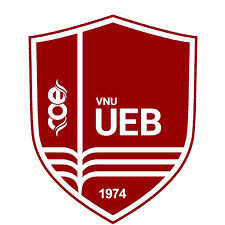 Đại học Kinh tế - ĐHQGHN
Đại học Kinh tế - ĐHQGHN  Đại học Ngoại ngữ - ĐHQGHN
Đại học Ngoại ngữ - ĐHQGHN 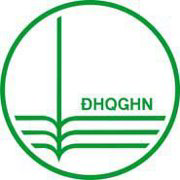 Đại học quốc gia Hà Nội
Đại học quốc gia Hà Nội 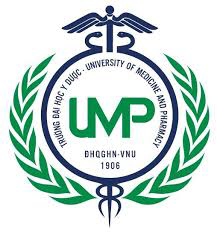 Đại học Y - Dược - ĐHQGHN
Đại học Y - Dược - ĐHQGHN  Học Viện Hàng Không Việt Nam
Học Viện Hàng Không Việt Nam 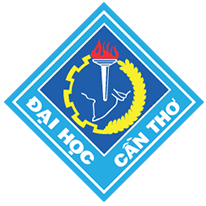 Thư viện đại học Cần Thơ
Thư viện đại học Cần Thơ  Thư viện Huyện Bình Chánh - TVKHTH TP.HCM
Thư viện Huyện Bình Chánh - TVKHTH TP.HCM  Thư viện huyện Bình Minh - TV Vĩnh Long
Thư viện huyện Bình Minh - TV Vĩnh Long  Thư viện huyện Bình Tân - TV Vĩnh Long
Thư viện huyện Bình Tân - TV Vĩnh Long  Thư viện Huyện Cần Giờ - TVKHTH TP.HCM
Thư viện Huyện Cần Giờ - TVKHTH TP.HCM  Thư viện Huyện Củ Chi - TVKHTH TP.HCM
Thư viện Huyện Củ Chi - TVKHTH TP.HCM  Thư viện Huyện Hóc Môn - TVKHTH TP.HCM
Thư viện Huyện Hóc Môn - TVKHTH TP.HCM  Thư viện huyện Long Hồ - TV Vĩnh Long
Thư viện huyện Long Hồ - TV Vĩnh Long  Thư viện huyện Mang Thít - TV Vĩnh Long
Thư viện huyện Mang Thít - TV Vĩnh Long  Thư viện Huyện Nhà Bè - TVKHTH TP.HCM
Thư viện Huyện Nhà Bè - TVKHTH TP.HCM  Thư viện huyện Tam Bình - TV Vĩnh Long
Thư viện huyện Tam Bình - TV Vĩnh Long  Thư viện huyện Trà Ôn - TV Vĩnh Long
Thư viện huyện Trà Ôn - TV Vĩnh Long  Thư viện Khoa học Tổng hợp TP.HCM
Thư viện Khoa học Tổng hợp TP.HCM  Thư viện quận 1 - TVKHTH TP.HCM
Thư viện quận 1 - TVKHTH TP.HCM  Thư viện quận 10 - TVKHTH TP.HCM
Thư viện quận 10 - TVKHTH TP.HCM  Thư viện quận 11 - TVKHTH TP.HCM
Thư viện quận 11 - TVKHTH TP.HCM  Thư viện quận 12 - TVKHTH TP.HCM
Thư viện quận 12 - TVKHTH TP.HCM  Thư viện quận 2 - TVKHTH TP.HCM
Thư viện quận 2 - TVKHTH TP.HCM  Thư viện quận 3 - TVKHTH TP.HCM
Thư viện quận 3 - TVKHTH TP.HCM  Thư viện quận 4 - TVKHTH TP.HCM
Thư viện quận 4 - TVKHTH TP.HCM  Thư viện quận 5 - TVKHTH TP.HCM
Thư viện quận 5 - TVKHTH TP.HCM  Thư viện quận 6 - TVKHTH TP.HCM
Thư viện quận 6 - TVKHTH TP.HCM  Thư viện quận 7 - TVKHTH TP.HCM
Thư viện quận 7 - TVKHTH TP.HCM  Thư viện quận 8 - TVKHTH TP.HCM
Thư viện quận 8 - TVKHTH TP.HCM  Thư viện quận Bình Tân - TVKHTH TP.HCM
Thư viện quận Bình Tân - TVKHTH TP.HCM  Thư viện quận Bình Thạnh - TVKHTH TP.HCM
Thư viện quận Bình Thạnh - TVKHTH TP.HCM  Thư viện quận Gò Vấp - TVKHTH TP.HCM
Thư viện quận Gò Vấp - TVKHTH TP.HCM  Thư viện quận Phú Nhuận - TVKHTH TP.HCM
Thư viện quận Phú Nhuận - TVKHTH TP.HCM  Thư viện quận Tân Bình - TVKHTH TP.HCM
Thư viện quận Tân Bình - TVKHTH TP.HCM  Thư viện quận Tân Phú - TVKHTH TP.HCM
Thư viện quận Tân Phú - TVKHTH TP.HCM 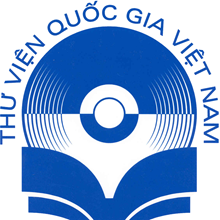 Thư viện Quốc gia Việt Nam
Thư viện Quốc gia Việt Nam  Thư viện thành phố Thủ Đức (cơ sở 1) - TVKHTH TP.HCM
Thư viện thành phố Thủ Đức (cơ sở 1) - TVKHTH TP.HCM  Thư viện thành phố Thủ Đức (cơ sở 2) - TVKHTH TP.HCM
Thư viện thành phố Thủ Đức (cơ sở 2) - TVKHTH TP.HCM  Thư Viện Tỉnh An Giang
Thư Viện Tỉnh An Giang  Thư viện tỉnh Vĩnh Long
Thư viện tỉnh Vĩnh Long 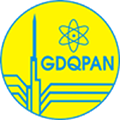 Trung tâm giáo dục quốc phòng và An ninh - ĐHQGHN
Trung tâm giáo dục quốc phòng và An ninh - ĐHQGHN 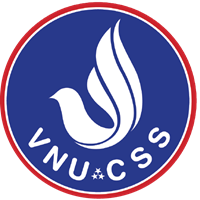 Trung tâm Hỗ trợ Sinh viên - ĐHQGHN
Trung tâm Hỗ trợ Sinh viên - ĐHQGHN 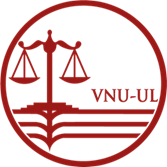 Trường Đại học Luật - ĐHQGHN
Trường Đại học Luật - ĐHQGHN 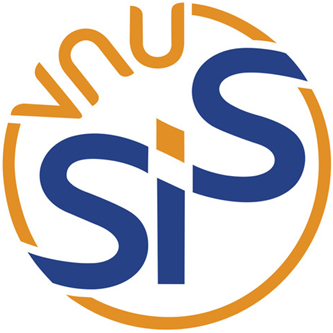 Trường Khoa học liên ngành và nghệ thuật - ĐHQGHN
Trường Khoa học liên ngành và nghệ thuật - ĐHQGHN 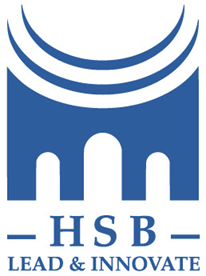 Trường Quản trị và Kinh doanh - ĐHQGHN
Trường Quản trị và Kinh doanh - ĐHQGHN 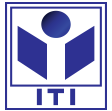 Viện Công nghệ Thông tin - ĐHQGHN
Viện Công nghệ Thông tin - ĐHQGHN 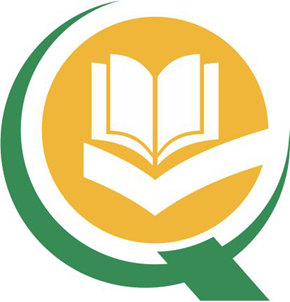 Viện Đảm bảo chất lượng giáo dục - ĐHQGHN
Viện Đảm bảo chất lượng giáo dục - ĐHQGHN  Viện Quốc tế Pháp ngữ - ĐHQGHN
Viện Quốc tế Pháp ngữ - ĐHQGHN 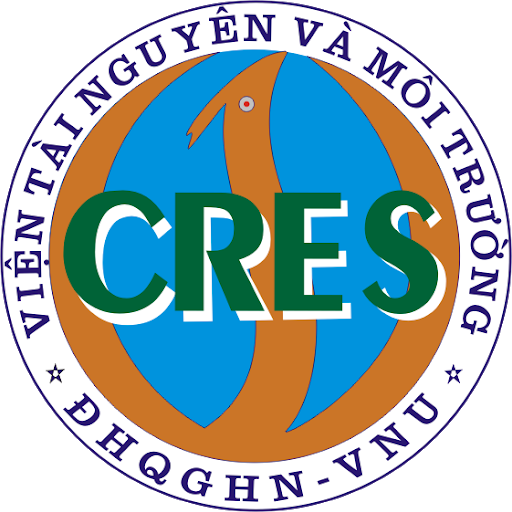 Viện Tài nguyên và Môi trường - ĐHQGHN
Viện Tài nguyên và Môi trường - ĐHQGHN 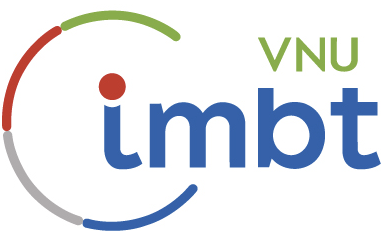 Viện Vi sinh vật và Công nghệ Sinh học - ĐHQGHN
Viện Vi sinh vật và Công nghệ Sinh học - ĐHQGHN 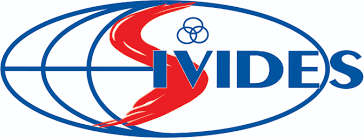 Viện Việt Nam học và Khoa học phát triển - ĐHQGHN
Viện Việt Nam học và Khoa học phát triển - ĐHQGHN